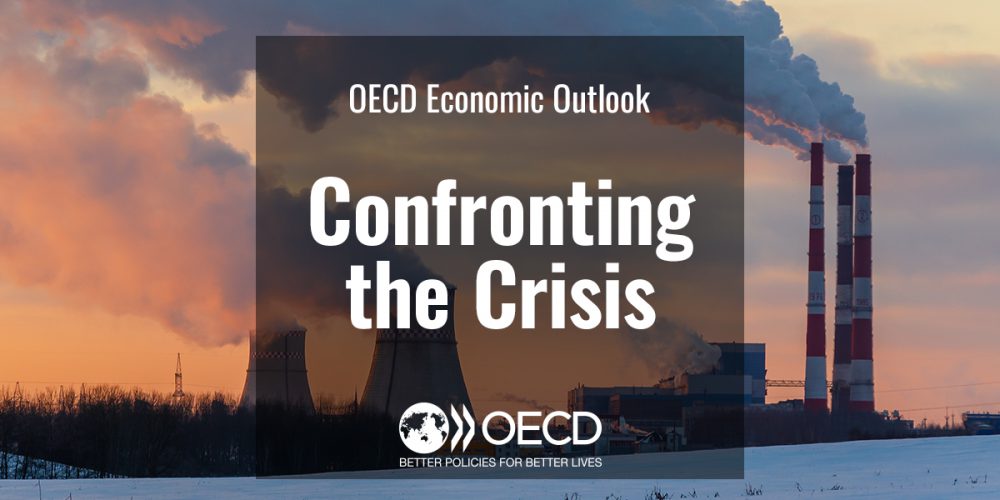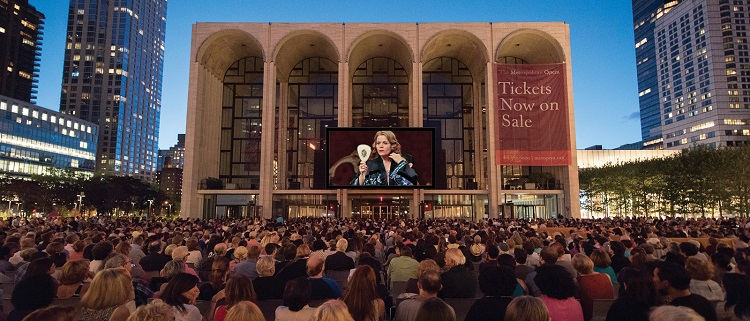What is the future of retail? The forecast of the industry’s key decision-makers.
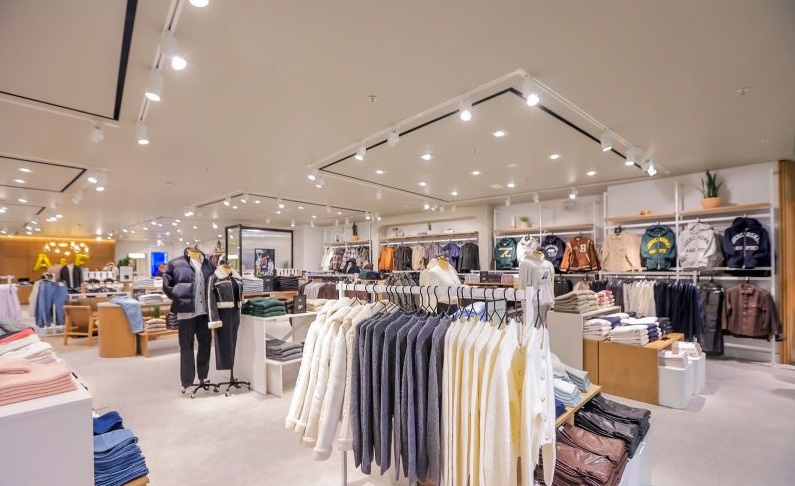
Disruptions caused by Covid-related shocks have accelerated transformations in the retail industry.
After clogged ports and merchandise shortages gave way to excess inventory levels and shifting consumer demands amid persistent inflation, retail faced the challenge of finding sound ways out of the unfavorable market situation.
The growth of curbside pickup and increased use of mobile apps are just some of them.
Retail leaders enter 2024 hoping the turmoil is now behind them. They’re building businesses for the future and making changes that will transform the industry.
The industry’s key decision-makers shared their views on the role of stores and how brick-and-mortar locations will change in five years.
Fran Horowitz, Abercrombie & Fitch CEO:

The future of retail is small, efficient, omni stores, and they’re located where the customer tells us. For Abercrombie these big, massive stores were just not productive and not efficient — the consumer was responding to a much more intimate associate experience, and then economically, they were not productive. You don’t get the kind of traffic through the stores like you did in the past when there wasn’t a digital option, so you have to provide a location that is financially sound, which has X amount of traffic and X amount of digital orders that come together.
Jens Grede, Skims CEO:

Higher concentration of stores in better locations. Trends come and go, but Fifth Avenue by the park will be Fifth Avenue. It was that a hundred years ago, it will be so in another hundred years, right? So important locations are only becoming more important. I don’t know where that leaves the B and C location, but I think the B and C location will struggle because they’re not offering the experience. I think when people go shopping, they go to an A location or they go online, but there really is very little need for B and C locations.
Trina Spear, Figs CEO:

Stores just acting kind of as a transactional thing in the world is going to become less and less relevant, and what’s going to become more relevant is having an experiential destination for our community to come together, to meet and be connecting with not only the brand, but also each other.
Kara Trent, Under Armour’s president of Americas:

Some brands have moved to super experiential, other brands have moved to super transactional. I think you’ll end up with a blend— and I think the brands that get the blend of experience while driving commerce are the ones that will succeed. I think that does shape how brands will look at real estate and what streets and what neighborhoods are most important, and almost thinking a bit more micro than macro, right? What a consumer in New York City might need versus a city in middle America, versus how you think about the different types of retail locations, even in a massive city like New York.
Five years from now, where will the consumer do the majority of their shopping – online or in stores?
Yael Cosset, Kroger’s Chief Information Officer:

In five years, stores will continue to account for the majority of sales, because even for a significant portion of what we sell digitally, it will be fulfilled in the stores.

Trina Spear, Figs CEO: I don’t think it’s one or the other. I think the more three dimensional and the more you can have both digital and offline, the more powerful it becomes. I do think the younger generation, they’re kind of coming back out in the world, and you’ve seen offline grow a lot. I think there’s more to come on that.
Fran Horowitz, Abercrombie & Fitch CEO : Stores matter. You need a store. I’ve watched a lot of pure plays over the years and they end up opening up stores because you need a store, you need that hub for the return, the exchange, the pickup, whatever it might be that they’re using that hub for. So there were years of the apocalypse of the mall and how stores were ending. I don’t believe any of that. Stores matter. I say it all the time, and I firmly believe they matter. It’s just a balance. It’s a balance between the channels and what works for the consumer depending upon what their lifestyle is and age.
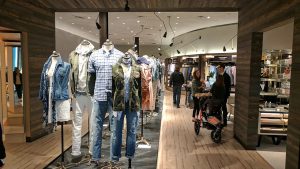
Jens Grede, Skims CEO : The majority of shopping is going to still happen in store, but the vast majority of intent or the decision to shop will start online. Young customers today always know what they want to buy when they shop in stores, so the transaction happens in the store, but the customer journey starts online, and I think that will go for everybody in the coming five years.
Marc Lore, former CEO of Walmart U.S. e-commerce and founder of Jet.com:

The younger generation has a higher percentage of online shopping. As the older generation ages out and there’s more of the younger generation, by definition, you’re going to see a higher percentage of shopping being done online.
Geoffroy van Raemdonck, Neiman Marcus Group CEO:

It’s not going to be one or the other, and I really believe in this notion of integrated retail — that customers will continue to shop differently depending on the day of the week, their mood and what they’re looking for.
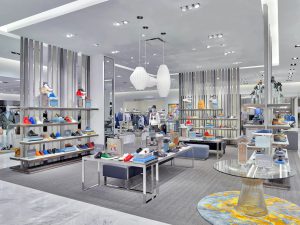
I do believe that, especially in luxury, the connectivity to a human and someone who knows you and someone who’s got your best interest, that’s going to be the main way customers who are truly involved in luxury will want to shop and, that will be still very much in stores. But I think it’ll be complemented by remote selling.
By Gilbert Castro | ENC News



